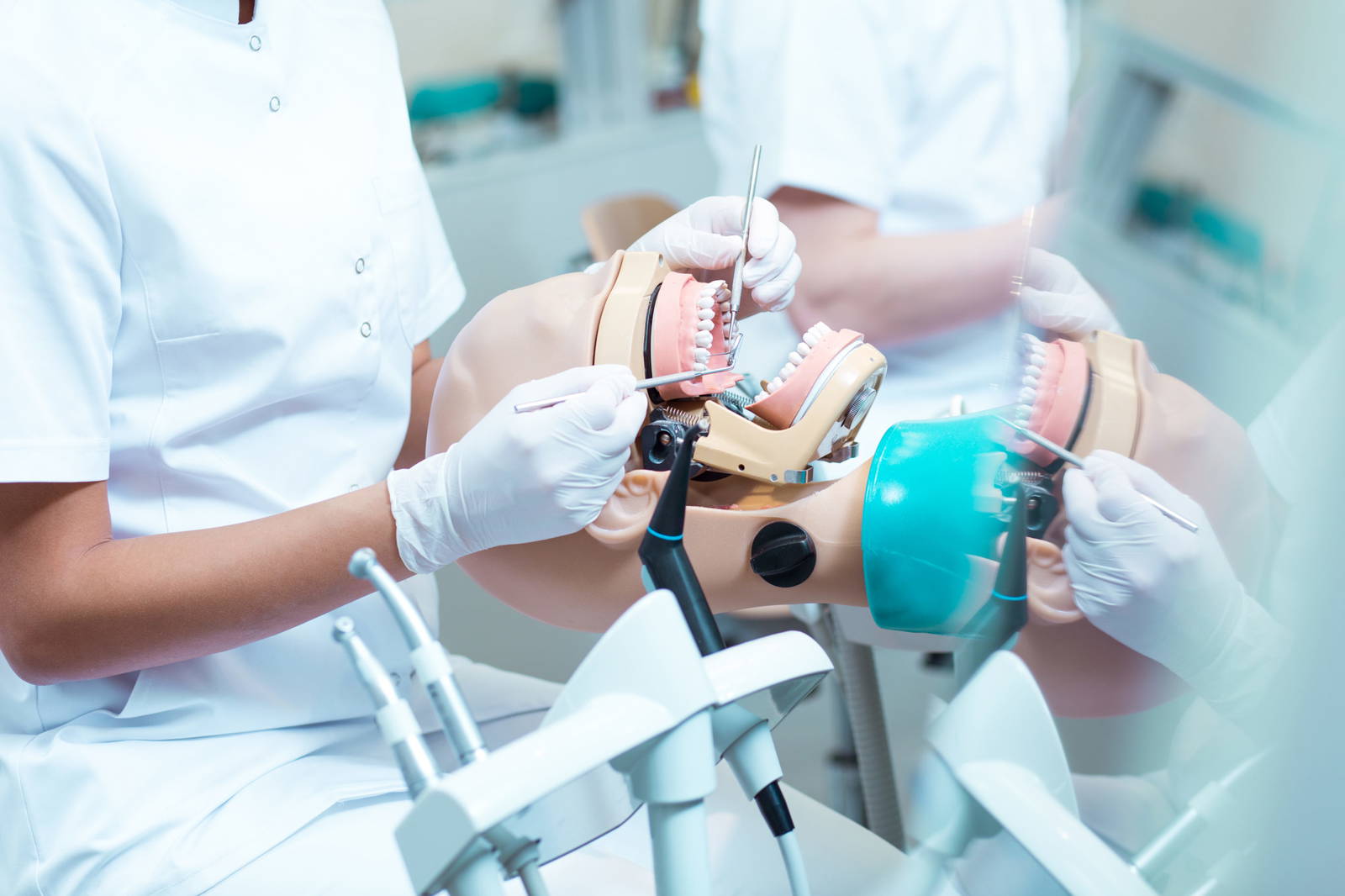More painful Jaw Surgery -The upper jaw (maxilla) and the lower jaw (mandible) are the two sections of your jaw. During childhood, jaws can develop misaligned, resulting in crooked teeth and an ‘off bite.’
If the jaws are badly dislocated, orthognathic surgery, commonly known as corrective jaw surgery, may be required.
Before or after jaw surgery, you may need orthodontic therapy. This is dependent on the severity of your jaw misalignment. Now, let’s see what hurts more; the upper or lower jaw surgery?
What is the purpose of jaw surgery?
Jaw surgery may be considered if you have a jaw problem that cannot be resolved with orthodontics alone. Orthodontics is a form of dentistry that focuses on the alignment of the jaws and teeth.
The orthodontist and oral surgeon will collaborate to create a treatment plan tailored to your needs.
Jaw surgery can help with a variety of issues, including:
- restoring the structure of your face by adjusting your bite
- attempting to prevent further wear – and – tear on your teeth by making activities such as chewing, nibbling, and gulping easier
- addressing breathing issues such as mouth breathing and obstructions handling cleft palate by repairing damage or congenital condition encompassing the face, such as with a cleft palate
If you need jaw surgery, the best time to have it done is when your jaw has reached maturity, often in your late teens or early twenties.
Five Different Types of Jaw Surgery
In terms of jaw surgery, there are a few options accessible, depending on the degree of the dislocation and the placement of the jaw:
-
Maxillary Osteotomy (Upper Jaw Surgery)
Maxillary osteotomy surgery is performed to remedy the problem when excessively retracted the upper jaw. The technique involves the creation of a cut in the gums just above the upper jaw’s teeth by a dentist or oral surgeon.
The surgeon cuts, fractures, and repositions the upper jaw to its proper placement.
A little plastic wafer is then attached to the teeth in order for the upper jaw to be more evenly aligned. The titanium screws and metallic plates that hold the jaw in place are used to keep it in place.
Overbite, crossbite, and even open bite can all be corrected with upper jaw surgery.
2. Mandibular Osteotomy (Lower Jaw)
Lower jaw surgery, also known as mandibular osteotomy surgery, is performed to treat a significantly receding lower jaw. It is frequently used to correct an underbite.
Based on the patient’s bite placement, an oral surgeon will shift the lower jawbone forward or backward during the surgery.
3. Genioplasty (Chin Surgery)
Genioplasties are procedures that are used to restore significantly receding lower jaws. In addition, the chin will be rebuilt.
4. Arthroplasty
TMJ arthroplasty (open joint arthroplasty) is the most frequent procedure used to treat temporomandibular joint dysfunction (keyhole surgery).
An arthroscope (a tiny camera) is introduced during the procedure through a small incision in the ear canal. After that, scar tissue around the joint is removed to alleviate discomfort.
5. Arthrocentesis
Arthrocentesis is a procedure in which sterile fluid is used to flush the TMJ (temporomandibular joint).
In the course of the treatment, an oral surgeon will adjust the jaw, correct the cartilage disc, and inject an anti-inflammatory medication into the joint.
The objective is to restore the cartilage disc to its proper position while also removing any debris accumulated inside the joint.
What is the procedure for orthognathic surgery?
Oral and maxillofacial surgeons are the ones who perform orthognathic surgery on patients. On-site surgery under general anesthesia is conducted in a hospital setting. Due to the fact that surgery is typically conducted from the inside of the mouth, there will be no visible scars on the outside.
Small incisions may be necessary outside of the mouth from time to time, although they usually are not painful and heal quickly. When the jawbones are sliced, the surgeon can adjust them to place them in the proper position.
Small fracture plates, screws, wires, and elastic bands may be utilized to anchor the bones in their new place once they have been repositioned. These screws are smaller in size than the brackets used to hold braces in place.
Over time, they grow more and more incorporated into the bone structure. Occasionally, the additional bone will be extracted from the patient’s ribs, hips, or legs to augment the jaw’s size. The bone may be altered in order to create a better fit and look.
The patient is often admitted to the hospital for 2-4 days following surgery. Pain, swelling, and bruises would be experienced, which would typically subside within 2-3 weeks. Pain relievers, anti-inflammatories, and antibiotics would be supplied to the patient in this situation.
After surgery, a doctor will offer advice on what to eat and what to abstain from, how to maintain dental hygiene, how the healing process will take, how to return to work, and how long it will take to follow up with the physician. The initial healing of the jaw takes around six weeks following surgery.
It may take up to 12 weeks to heal completely. If the teeth need to be realigned, the orthodontist may recommend braces after the first healing of the jaw (which takes around 6-8 weeks). An orthodontic procedure involving surgery and braces might take many years to heal completely.
The Surgery Pain
It is possible that when you wake up from your operation, your teeth will be kept together by little elastics to assist them in their new position. If there are any elastics present, they will be removed within the first week.
You will have total numbness in the area of your jaw that has been operated on, so there will be a little discomfort. However, the swelling begins to manifest itself very quickly, and some jaw stiffness should be expected. There will be some stiffness from the breathing tube that was placed by the anesthesiologist, but this soreness will lessen over time.
Your hospital stay will typically last one night for one jaw and two nights for two or more jaws. The purpose of your hospital stay is to make sure that you are drinking as much as you possibly can while you are there.
For more information regarding Jaw Surgery, book an appointment with clinics like Utah Facial Surgical Arts and talk with the physician about your condition.









